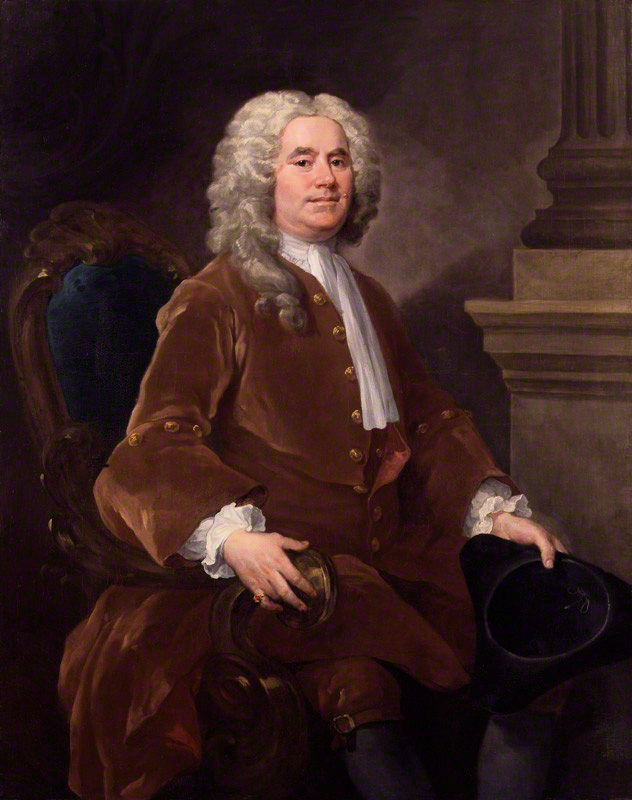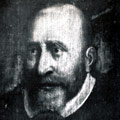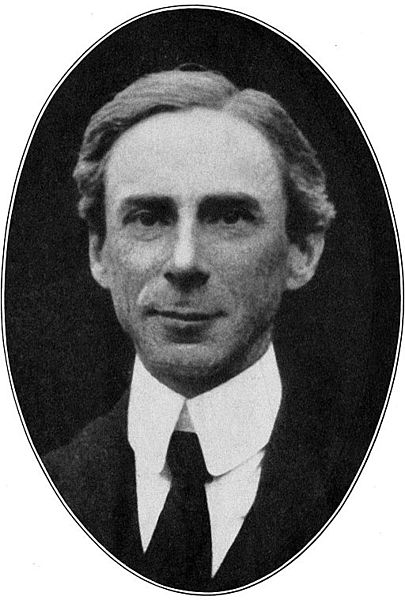 Profs. Howard and Smith Profs. Howard and Smith |
A team from the John Innes Centre report in e-Life journal, that plants can do basic mathematics [1]. The calculation allows them to use up their starch reserves at a constant rate so that they run out almost precisely at dawn. |
This is the first concrete example in a fundamental biological process of such a sophisticated arithmetic calculation.
Professor Martin Howard from the John Innes Centre
The maths they can do
Plants feed themselves during the day light hours by convert carbon dioxide into sugars and starch. This is the well known process of photosynthesis. Once the sun has set, plants use their store of starch to prevent starvation.
The scientists at the John Innes Centre have shown that plants make precise adjustments to their rate of starch consumption. These adjustments are made so that the starch store lasts until dawn even if the night comes unexpectedly early or the size of the starch store varies.
Mathematical models show that the amount of starch consumed overnight is calculated by arithmetic division.
The plants have mechanisms to measure the size of the starch stores and can use their internal “body clock” to estimate the length of time until dawn. The size of the starch store is then divided by the length of time until dawn to set the rate of starch consumption. It turns out that by dawn, around 95% of starch is used up.
Reference
[1] Scialdone et al. Arabidopsis plants perform arithmetic division to prevent starvation at night, eLife 2013;2:e00669.
DOI: 10.7554/eLife.00669
Link
Plants do sums to get through the night JIC News
















 John from wikipedia
John from wikipedia